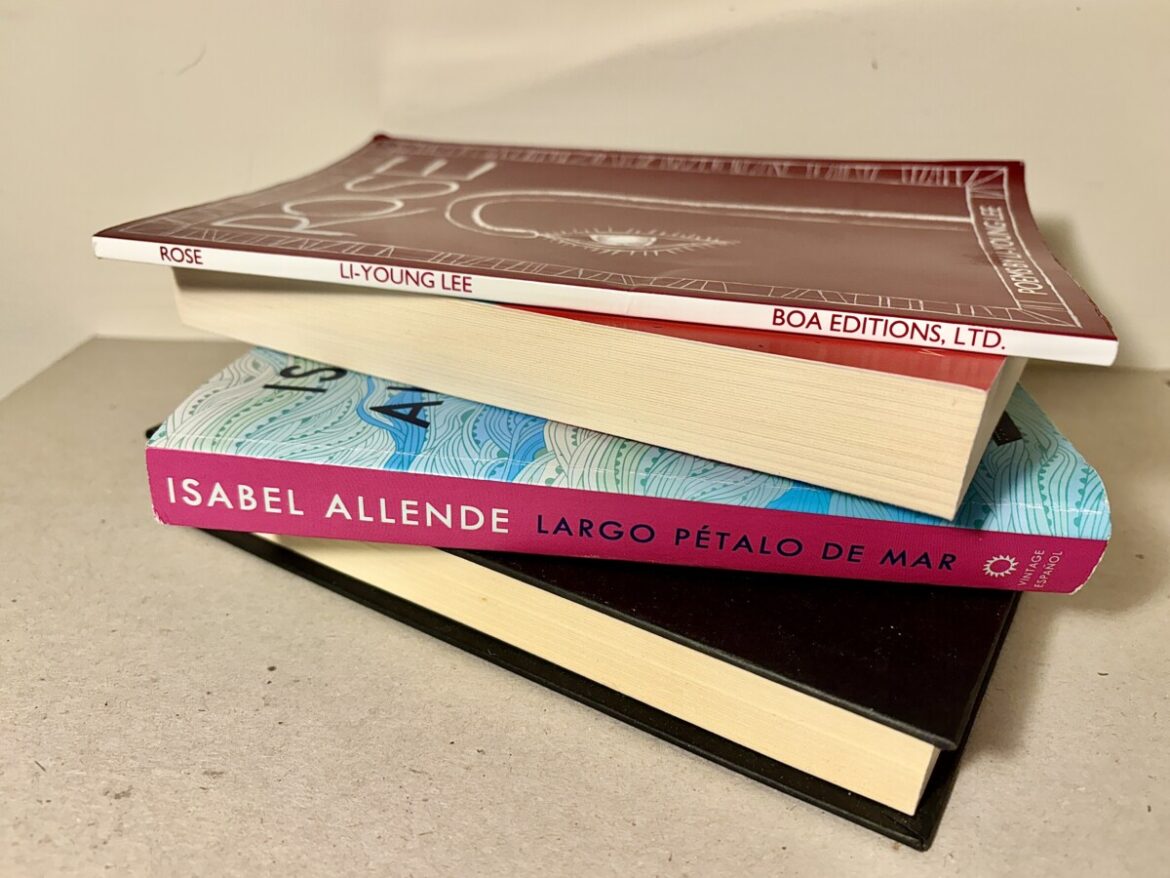Amy Meng, Editor-in-Chief
@amengcourant
In the midst of hours of studying and extracurriculars, it’s important to take a few steps back every now and then to relax. One of my methods of relaxation is reading, and although I didn’t spend as much time in 2024 with books as I had hoped, I found a few treasures that changed my outlooks on life in general and inspired my own writing. Without further ado (and a note that these books aren’t in a particular order)…..
- The Tea Girl of Hummingbird Lane
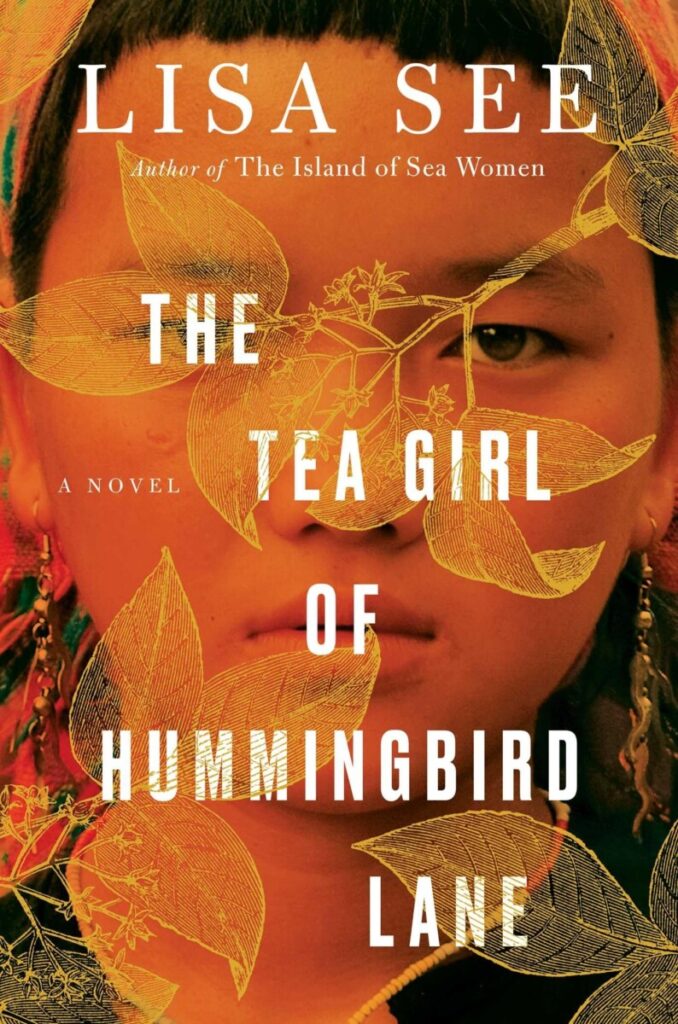
I fell upon this novel on a recommended reads list online and was fortunate enough to find it at the New Canaan Library. I was initially intrigued by its focus on a Chinese minority ethnic group’s tea culture. While I have come across many realistic fiction novels of Chinese/Chinese-American families, I thought that The Tea Girl of Hummingbird Lane would provide a unique perspective on traditions and the intersections of cultures.
This novel takes us on a journey with Li-Yan, a young girl born into a Chinese ethnic minority tribe—the Akha. From Li-Yan’s experiences, we see how fully embracing one’s heritage, even when misunderstood, can lead to a greater sense of belonging. The traditions, while extremely foreign to me, were held to the highest Akha standards: the interpretation of dreams to signify future events, inheritance of tea trees, and the birth of twins to be a sign of evil spirits, to name a few.

Li-Yan is later forced by challenging circumstances to give up her newborn daughter, Haley, for adoption. Although Haley grows up with loving, well-off parents in the US, she finds herself sandwiched between two identities: the American girl she is and the Chinese girl she looks like. Haley’s reflection near the end of the novel especially stood out to me. When asked if she saw herself as American or Chinese, she answered, “One hundred percent American and one hundred percent Chinese.” Like many of us, Haley is a bridge between cultures and groups of people. Instead of branding herself as a single identity, she has learned to embrace multiple. In a similar way, Li-Yan adapts to modern Chinese life in the city but maintains her connection to Akha culture, pursuing higher education in tea making while teaching others her traditions.
- When Breath Becomes Air
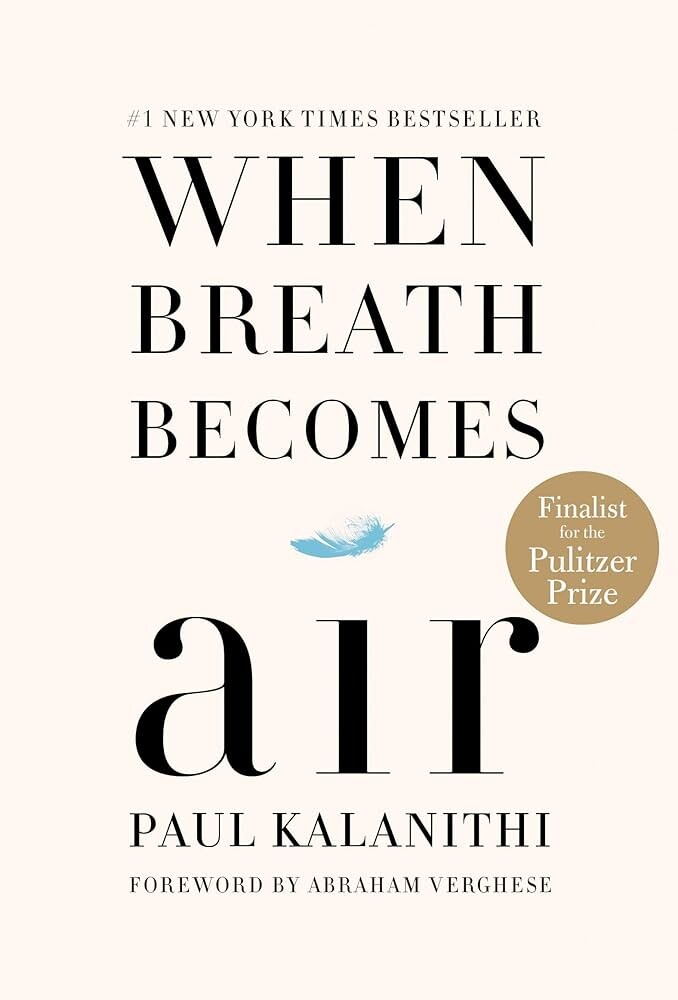
This memoir is both deeply insightful and sad at the same time; insightful for the outlooks on life in the face of death; sad for the knowledge of impending, inevitable death. I read this book in January of 2024, but it stuck with me as one of the most powerful pieces of modern literature I’ve read, with its alluring writing style and focus on human mortality. The author, Paul Kalanithi, serves as a source of inspiration. In college, he pursued both English and science. However, it wasn’t the fact that he went to top schools or pursued award-winning research in medicine that inspired me, but how he fought to understand his situation and what it means to be a doctor and patient. On one hand, he was an accomplished surgeon almost done with residency. Illness, death and grief wasn’t unfamiliar to him. But what happens when the roles reverse? As a patient, one with terminal lung cancer, he gained an entirely new perspective of what it means to be ill. There were so many memorable quotes scattered throughout the memoir, revealing Kalanithi’s journey, from his initial stage of denial to acceptance. Upon reading several online reviews of When Breath Becomes Air, I also believe that this memoir can serve as an example of the demands of medicine. While this is a known fact, Kalanithi’s first hand experiences as a resident surgeon reflected the emotional toll of his profession. When you’re a doctor who is also a patient, where do you draw the line to distinguish the two roles?
Kalanithi’s wife, Dr. Lucy Kalanithi, delivered an extremely powerful epilogue that reflected on her husband’s final days and the death-avoidant culture we live in. This work is hard to describe in words, but if you are looking for an autobiography/memoir to read, I will almost certainly recommend When Breath Becomes Air.
Our patients’ lives and identities may be in our hands, yet death always wins. Even if you are perfect, the world isn’t. The secret is to know that the deck is stacked, that you will lose, that your hands or judgment will slip, and yet still struggle to win for your patients. You can’t ever reach perfection, but you can believe in an asymptote toward which you are ceaselessly striving.
– paul kalanithi, when breath becomes air
- The Long Petal of the Sea (aka Largo pétalo de mar)
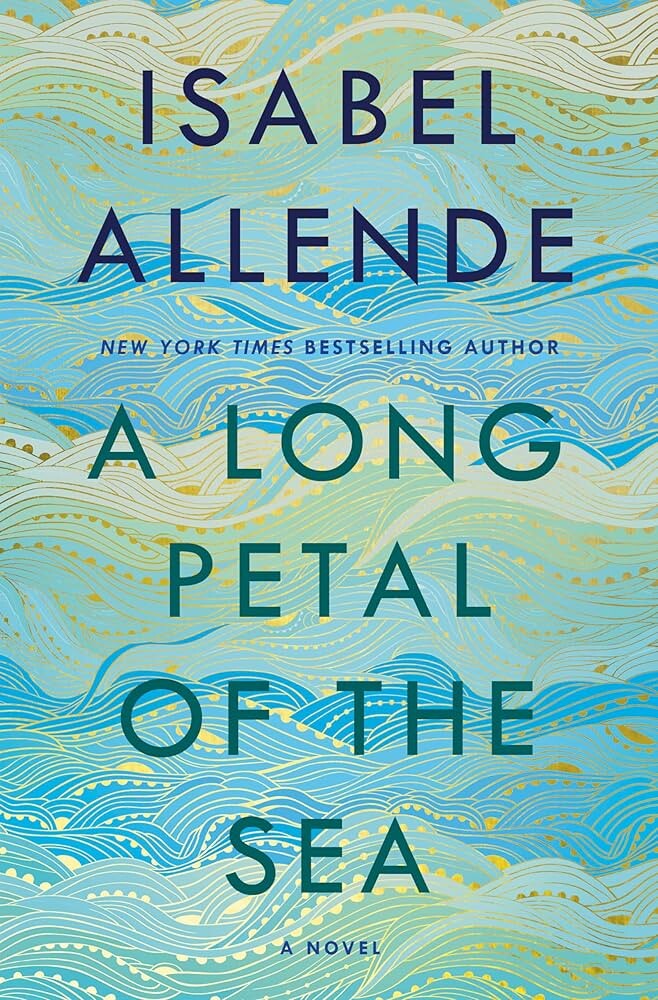
This was a recommendation from my Spanish teacher last year. Wanting to work on my Spanish reading and comprehension skills, I decided to tackle this historical fiction novel by Isabel Allende, a Chilean-American author who often writes in the magic realism and historical genres. Over the summer, I followed the journey of the Dalmau family, often pausing to highlight a Spanish word I didn’t recognize or take some notes on some new phrases and idioms. Occurring during the Spanish Civil War, I not only had the amazing opportunity to enhance my Spanish skills but also immersed myself in Latin American history, a pivotal aspect of all of the Spanish classes I have taken at the high school. In my AP Spanish Lang class last year, we focused on a short story written by Allende, which sparked my interest in discovering more of her works. Victor Dalmau, a student studying medicine, finds himself in the middle of the brutal civil war in Spain, and eventually manages to flee the country with his brother’s wife, Roser, and nephew, Marcel. While the book is mainly historical, there is a romantic aspect as well. What was originally a marriage of convenience between Victor and Roser gradually transforms into a caring relationship.
What I appreciate about books like The Long Petal of the Sea is the educational nature surrounding the intriguing characters and plot. I found myself looking forward to seeing how Victor and Roser would establish themselves in Chile as I also learned about how the Spanish Civil War and its refugees shaped Latin America. There is also the theme of class difference, politics, and the intertwining of poetry. It turns out that Isabel Allende is the cousin of former Chilean president Salvador Allende, who Victor befriends in the novel. Another historical figure present is Chilean poet Neruda, who helps the Dalmau family take refuge in Chile. His poetry is included at the start of every chapter, and his writing influenced the title: “a long petal of sea and wine and snow / with a belt of black and white foam.”
- Rose
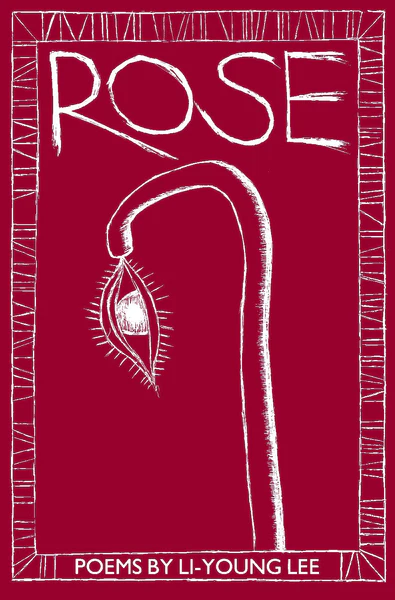
One of my English teachers mentioned how my poetry reminded him of the poem Blossoms, and I fell down the Li-Young Lee rabbithole. There was something in Blossoms of the poetry collection Rose that just pulled me in; maybe it was the rhythm that Lee created throughout the poem, but especially in the last few lines with the masterful use of repetition:
There are days we live
as if death were nowhere
in the background; from joy
to joy to joy, from wing to wing,
from blossom to blossom to
impossible blossom, to sweet impossible blossom.
I simply love the way Lee writes—the employment of imagery, how his writing turns the little things into much grander things, and his words’ connections with nature. A few of my other favorites in this collection are Persimmons, Nocturne, and Rain Diary. Lee’s poems vary greatly in length, with some of just a few lines while others cover pages. However, many exude feelings of reminiscence, of memories and familial connections.
Like Lee, many of my poems are influenced by my Chinese heritage. Born in Indonesia to Chinese parents who moved to the US when he was young, his writing connects him back to his upbringing. It was interesting to read about Lee mentioning that his writing is influenced by Li Bai, a Tang Dynasty poet with multiple poems that are required to be memorized by all Chinese children.

